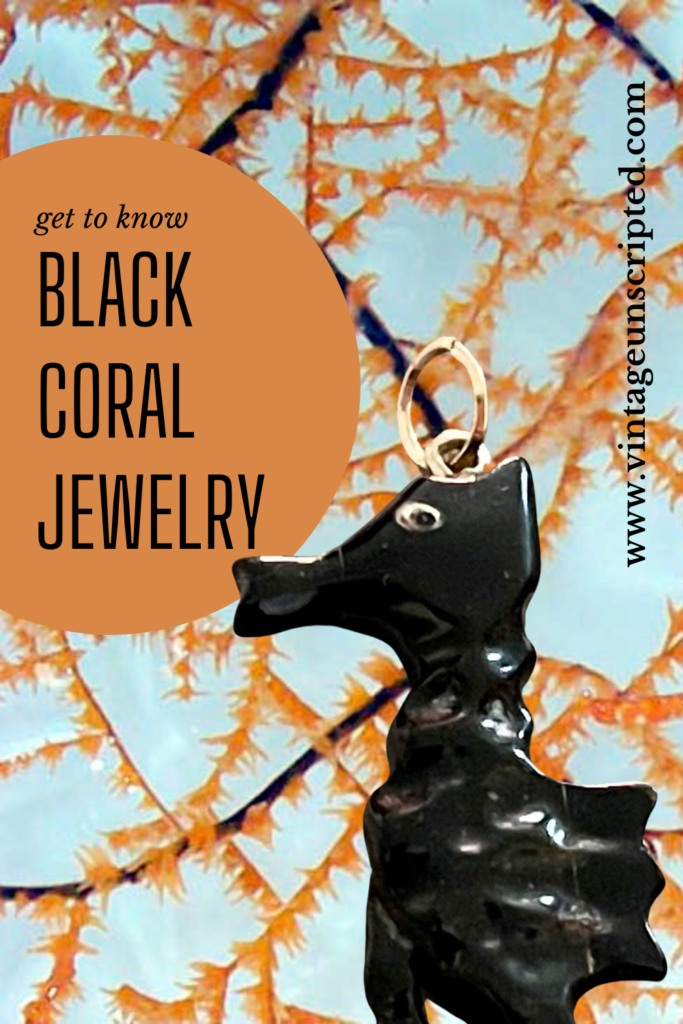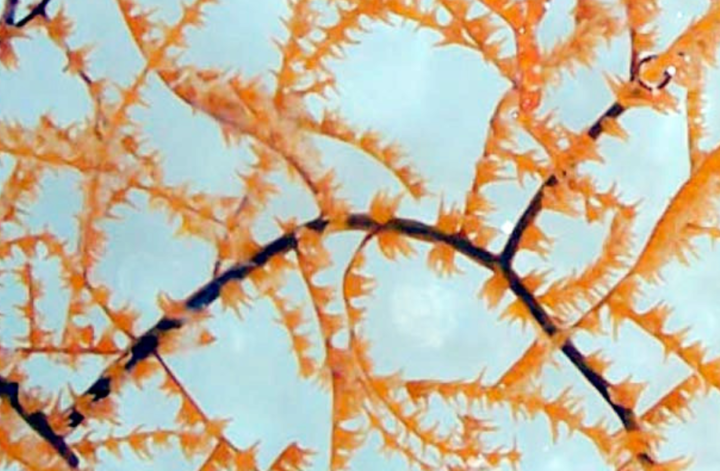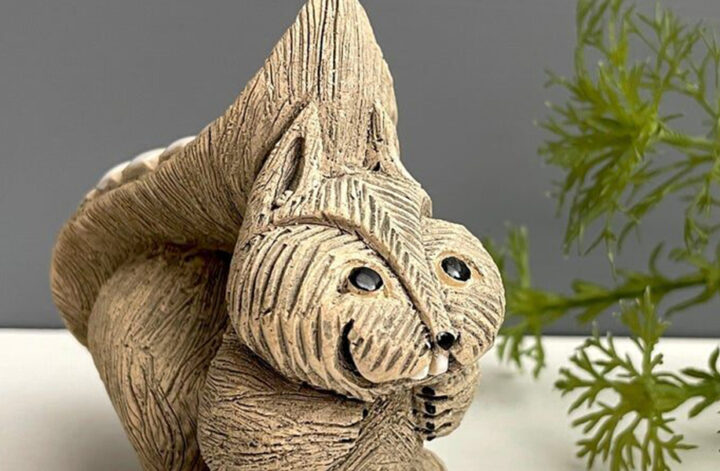Black coral, scientifically known as Antipatharia, is not always black, it ranges in color from white, red, green, yellow, and brown while living in the sea. The black color we see in jewelry is the outer skin. Did you know it became Hawaii’s official state gem in 1987? Black coral differs from other coral as it’s a deep sea soft coral mostly found in warmer tropical waters, unlike red or other corals which are found most often in shallow waters.
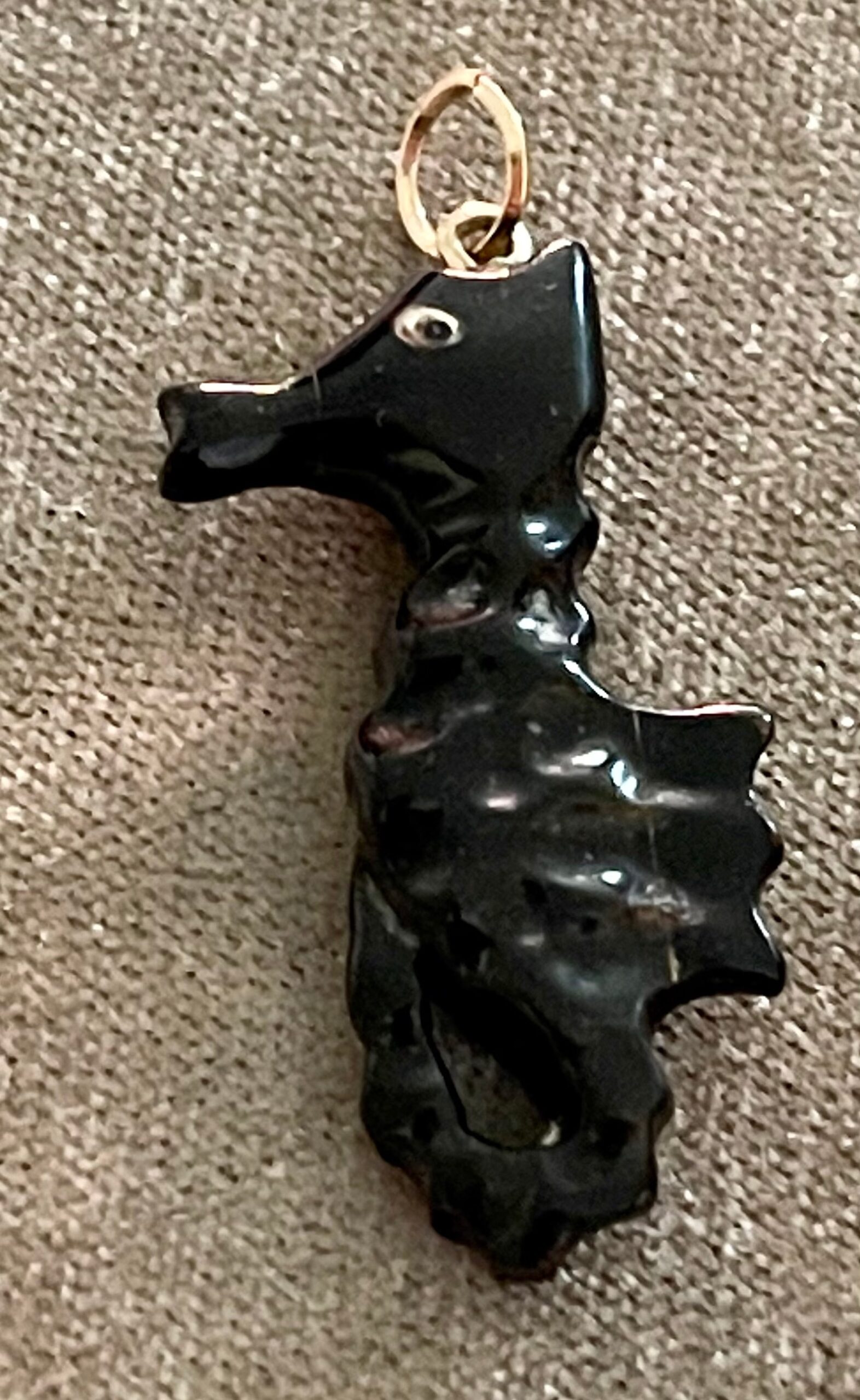
Coral is found throughout the world’s oceans in many forms and colors. Due to environmental impact, coral is heavily studied and is quite complex in its forms and species. There are over 6,000 different types and species of coral. Because of climate change and human behavior, coral has become endangered. Black coral can no longer be sold or transported across international borders due to it being deemed an endangered species by CITES (the Convention on International Trade in Endangered Species). However, it can still be harvested and sold within strict guidelines.
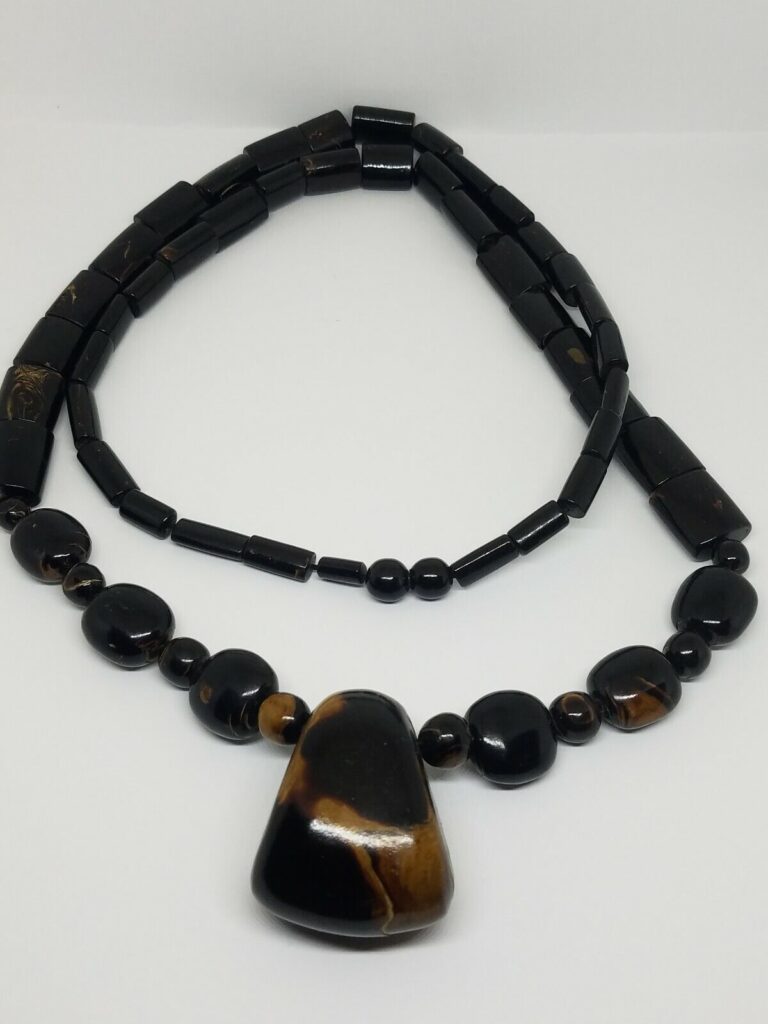
Most of the black coral found here in the U.S. comes from the Hawaiian Islands. It was once used for medicinal purposes in Indonesian, Chinese, and Hawaiian cultures. Now it is used strictly for jewelry. Due to its scarcity, prices remain high as well. It has been used by Native American artists along with red coral and turquoise to make jewelry for centuries. There are several other stones, gems, and man made products that imitate the natural organic gem or look and act similar, they include jet, obsidian, onyx, and more.
Coral jewelry has been traced to ancient times in both the Greek and Roman era and ancient China. Black coral used in jewelry can take many forms. It can be carved as in cameo or intaglio jewelry. The branches can be drilled and strung into necklaces, cut into beads, or sliced and polished to reveal the spiral inner portions and used as beads, pendants, rings, and earrings.
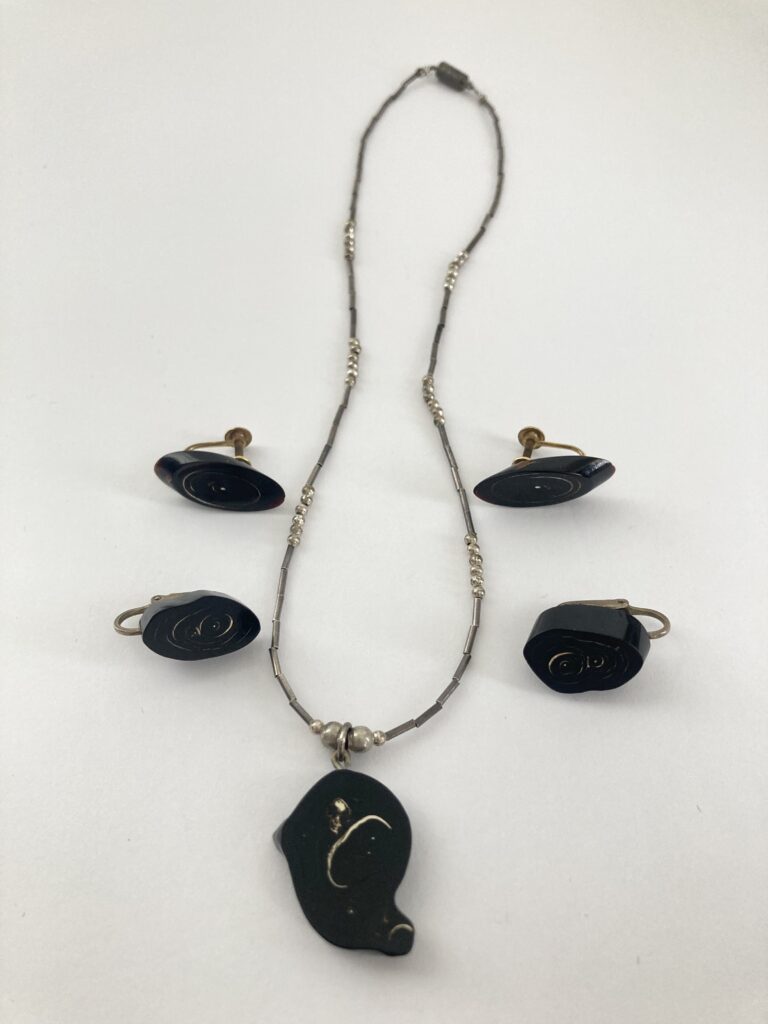
For more on vintage jewelry check out our post on vintage Bakelite here.
